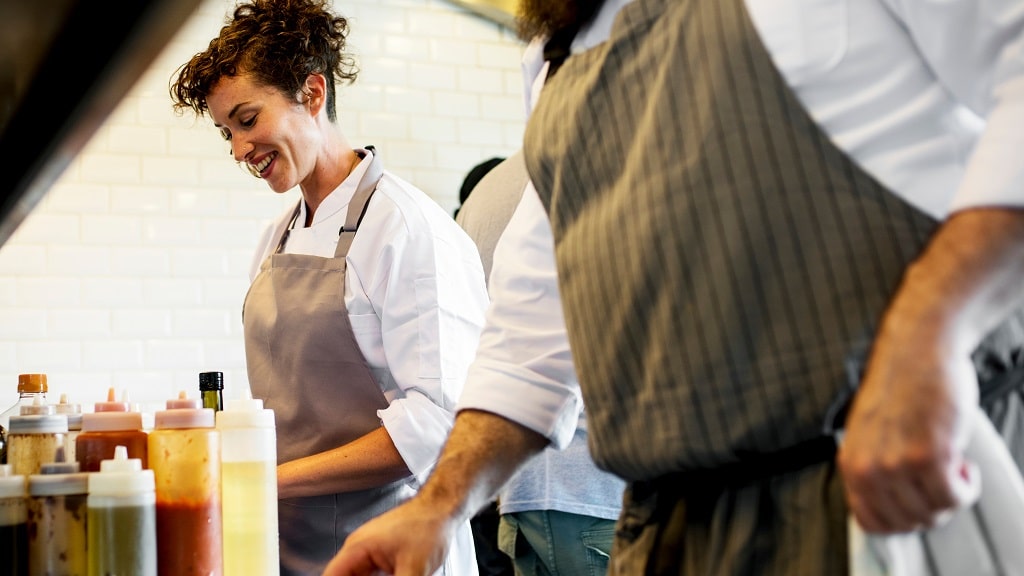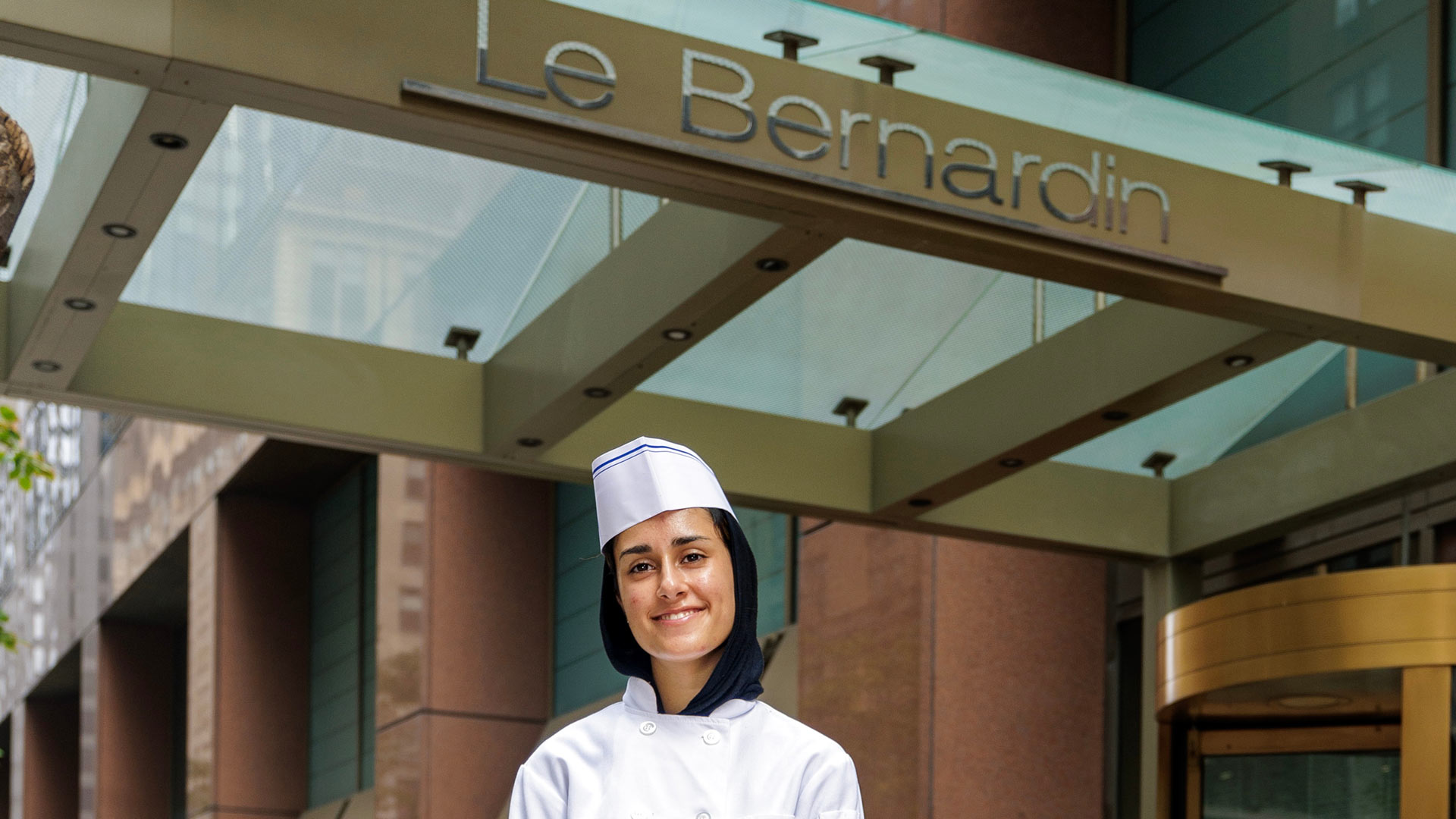Technology Review: 4 Ways Kitchen Display Systems Could Help Restaurants Bounce Back
Although I have been accused at times of being a hospitality technology “geek” (and yes, I love technology), I am not about technology just for the sake of it. I do believe that increased back-of-the-house efficiency, organization and better communication have always been critical in maintaining high-quality, consistent food and improving not only the employee experience but the guest experience as well. Never has this been more important than today, when restaurants are facing increased challenges in the wake of the pandemic and are trying to come back.
How can ticket times be kept to a minimum when staff is short?
What’s the best way to manage orders in real-time?
Are there cost-effective ways to maximize restaurant operations in the current constantly changing world of hospitality?
Enter the Kitchen Display System or KDS.

What is a Kitchen Display System (KDS)?
A Kitchen Display System, or KDS, is a digital customer order viewer that replaces the traditional printed paper ticket system being utilized to process food orders in the kitchen. The use of these systems first emerged in the fast-food restaurant segment.
We are now seeing KDS being rolled out across other restaurant segments. It appears to me that the acceptance and roll-out of these systems have been slower than I personally expected. The benefits of use within the fast-food market seemed obvious, but I am not sure if the benefits to these other markets have appeared quite as obvious. I also wonder if the return on investment is concerning to some. Could this be the reason we have not realized widespread adoption and use? The need for speed, accuracy and better organization made these systems a perfect fit in the service restaurant dining segment.
Benefits for Restaurant Professionals to Consider
So what challenges are we facing and how can a KDS help mitigate these issues? Here are four ways Kitchen Display Systems could benefit restaurants.
1. The analytical data of KDS offers staffing solutions.
Let’s start by addressing what I consider one of the biggest challenges facing restaurant managers today. Restaurant managers are looking to provide exceptional quality food and service, even during a time when most restaurants are dealing with staffing issues. Compared to typical restaurant pos systems, the data that most KDS systems provide can assist management in scheduling the needed resources appropriately. This allows managers the ability to limit times when there are either too many or too little staff scheduled. In addition, knowing how quickly a ticket is completed also gives insight into which staff are your most efficient back-of-the-house employees. Implementing a system and gaining this knowledge assists management in making the best staffing decisions to streamline their kitchen operations.
2. KDS systems can help with course sequencing.
The POS and KDS combination send food orders to the kitchen as dictated by cooking times. The server enters the entire table’s order and the KDS and POS will sequence the food appropriately. Food orders with longer cook times are sent to the kitchen first followed by those items that take less time.
3. Mistakes to orders and wait times can be limited.
Important to providing good quality service is making sure that a guest’s order is taken, prepared and served in a timely manner without mistakes. Most KDS contain a color-coding feature. These color changes act as a visual cue to the kitchen staff. As a ticket ages, the KDS system will change the color of that ticket. For example, when an order ticket arrives in the kitchen it may be color-coded green. After several minutes have passed the ticket may turn yellow to provide a visual time indicator to the staff. As time passes, the color may change to red which indicates that the ticket has aged beyond acceptable standards. This color-coding function allows better management of tickets on the line.
4. KDS orders are more environmentally friendly.
Lastly, in an industry that can oftentimes be viewed as environmentally unfriendly and wasteful, a KDS in one small way can help. In addition to becoming more environmentally conscious, restaurants themselves can save money on printing supplies.
Read More >>> 3 Innovative Ways Restaurants Responded to the Pandemic that are Here to Stay
Where to Begin with KDS Technology
When considering the purchase of a KDS system, start small. Identify your area of greatest need and implement it there with the goal of expanding. Perhaps start with one KDS in the main kitchen area.
In addition, having an open dialogue with your current POS vendor is also crucial to this process. Many of these vendors also offer KDS devices. This may be another opportunity to increase communication and organization throughout your restaurant. Having an established relationship with your vendor may allow for a more cost-effective implementation. Many POS companies are also offering a free analysis on the cost-saving associated with upgrading to KDS.
Most important, be patient. Be patient with your staff, yourself and this new technology. As with anything new, there will be a learning curve but if you hang in there you will soon realize the benefits.




